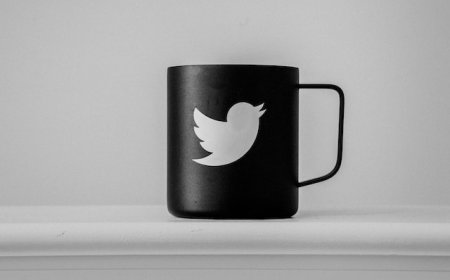The Hidden Costs of Chasing the Perfect Body: Debunking the Myths and Uncovering the Science
Unveil the complex scientific concepts behind the pursuit of the perfect body, breaking them down to understand their impact on our daily lives and how we can find balance in our quest for fitness.

In today's world, the quest for the perfect body seems almost ubiquitous. From magazine covers to social media influencers, we are constantly bombarded with images and messages suggesting that achieving a specific body type will lead to happiness, success, and validation. But what are the real costs of chasing this ideal, and are they worth it? In this article, we'll break down the complex scientific concepts behind the myth of the perfect body and explore how they impact our daily lives.
The Psychological Impact of Pursuing Perfection
One of the most significant costs of chasing the perfect body is the psychological toll it takes on individuals. Research has shown that exposure to idealized body images can lead to negative emotions, such as anxiety, depression, and low self-esteem. This is due in part to a phenomenon known as social comparison, where individuals compare themselves to others and feel inadequate if they don't measure up.
The pursuit of perfection can also lead to unhealthy behaviors, such as excessive exercise or disordered eating. In some cases, these behaviors can become compulsive, as individuals strive for an unattainable ideal that constantly eludes them. Furthermore, the constant fixation on appearance can detract from other critical aspects of life, such as relationships, career growth, and personal development.
Beyond the individual, the pursuit of the perfect body also has broader societal implications. It perpetuates a culture of superficiality and materialism, prioritizing appearance over substance and reinforcing harmful stereotypes. This can exacerbate issues like body shaming and discrimination, as well as contribute to the commodification of the human body.
Finding Balance and Embracing Body Positivity
As we've seen, the costs of chasing the perfect body are significant and far-reaching. So, how can we break free from this cycle and find a healthier approach to fitness and body image? The answer lies in striking a balance between striving for self-improvement and embracing body positivity.
One of the first steps in finding this balance is to recognize that there is no such thing as a universally "perfect" body. Beauty is subjective, and what might be considered attractive in one culture or time period may not be the same in another. By acknowledging that our ideas of perfection are largely shaped by external forces, we can begin to challenge the unrealistic standards that have been imposed upon us.
Next, it's essential to focus on what our bodies can do, rather than how they look. This means prioritizing functionality and health over appearance, and celebrating our bodies for their strength, resilience, and adaptability. By shifting the focus away from aesthetics, we can cultivate a more positive and empowering relationship with our bodies.
Lastly, it's important to practice self-compassion and self-love. This involves treating ourselves with kindness and understanding, even when we don't live up to our own expectations. By fostering a sense of self-worth that is not contingent on our appearance, we can develop the resilience needed to combat the pressures of societal beauty standards.
In conclusion, the myth of the perfect body comes with a high price, both psychologically and socially. By breaking down the complex scientific concepts behind this myth and connecting them to our daily experiences, we can develop a deeper understanding of the forces at play and work towards a more balanced and body-positive approach to fitness and self-image. Remember, the true value of our bodies lies not in how they look, but in the incredible things they allow us to do.
Disclaimer: The image(s) featured in this article are for illustrative purposes only and may not directly depict the specific concepts, situations, or individuals discussed in the content. Their purpose is to enhance the reader's understanding and visual experience. Please do not interpret the images as literal representations of the topics addressed.
What's Your Reaction?













































































































